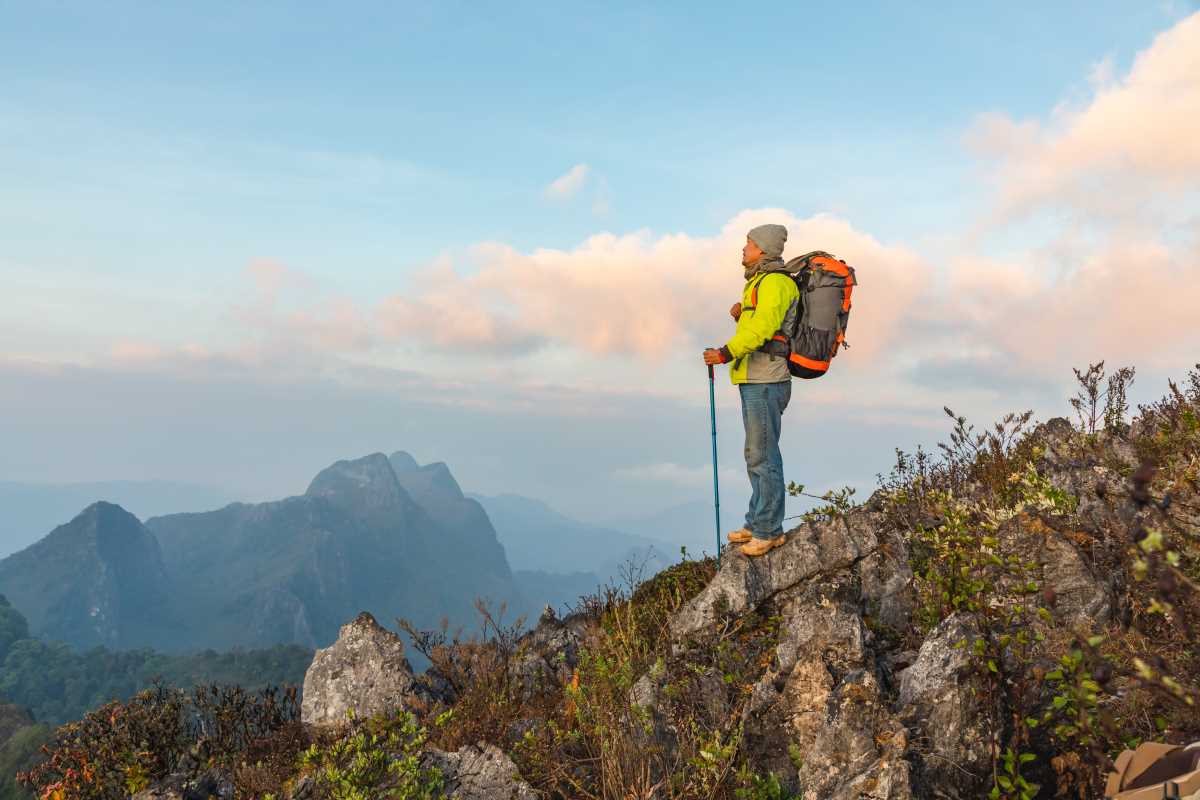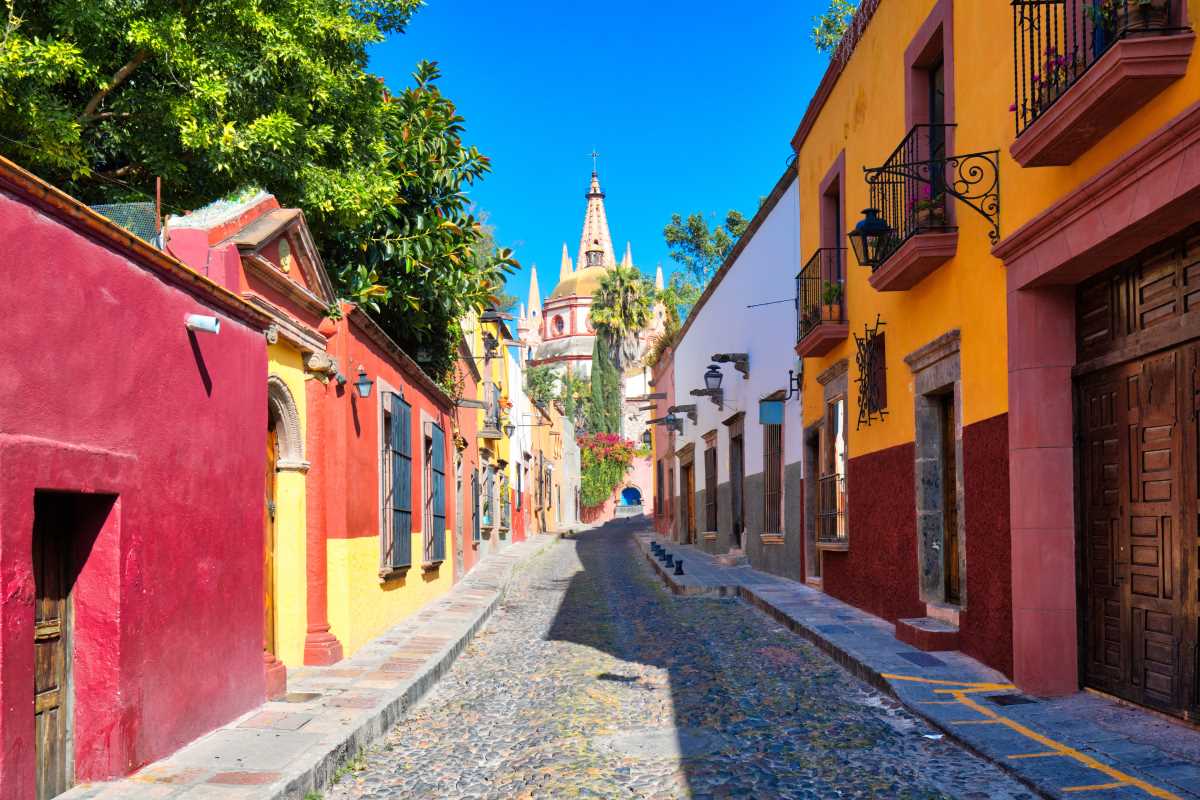New cities beckon with the promise of cultural discoveries and invigorating fresh air, creating a thrilling mix for those eager to combine learning with adventure. As you map out plans that merge academic goals with scenic hiking, you'll find that many urban areas today are rich with opportunities. They not only boast outstanding educational facilities but also offer a gateway to nature's wonders just beyond the city limits. Streets often lead directly to famous trails, presenting an ideal scenario for those who relish the outdoors while tackling new educational endeavors. It's a perfect blend for curious minds and adventurous spirits alike.
The thrill of discovering a new place goes hand in hand with the comfort of knowing reliable public transport awaits you at every corner. As you immerse yourself in the rhythm of a new environment, you get to enjoy the serene environment of nature while seamlessly commuting between classes, local cafes, and breathtaking trails.
What Makes a City Perfect for Hiking-Lovers?
Cities that embrace the love of the outdoors typically blend simplicity, accessibility, and natural charm. They provide a mix of trail access close to urban hubs and dependable public transportation options. These urban destinations create the perfect balance between the demands of academic life and the joy of outdoor adventures.
- Abundant green spaces and parks that lead to extended hiking trails.
- Reliable public transit systems that facilitate commuting to both educational institutions and nature spots.
- Vibrant neighborhoods that celebrate local culture, food, and community events.
- Safety in urban areas with clear signage and guidance for nature trails.
- Opportunities for group activities where you can make lasting memories on guided hikes or spontaneous weekend adventures.
This blend of practicality and outdoor appeal means that preparing for classes and leisure outings can easily coexist. When a city offers these qualities, planning your days to include morning lectures and afternoon hikes becomes a refreshing part of your day-to-day routine.
Top Cities with Scenic Trails and Great Public Transit
Cities around the world provide a unique mix of education, culture, and outdoor adventure. These urban centers not only house renowned universities but also feature extensive networks of trails waiting to be explored. Reliable transit systems help you get from your classroom to nature spots without much hassle.
- Vancouver, Canada: Set against a backdrop of majestic mountains, this city boasts multiple urban parks and coastal trails along with efficient bus and SkyTrain systems.
- Zurich, Switzerland: Nestled near the Alps, Zurich provides quick access to hiking trails, scenic lakes, and a highly rated tram and train system.
- Barcelona, Spain: Besides its rich cultural heritage and vibrant streets, Barcelona offers easy access to nearby hills and natural parks via a comprehensive metro network.
- Tokyo, Japan: This bustling metropolis surprises with numerous parks and well-maintained hiking areas in the outskirts, paired with one of the best transit systems in the world.
- Melbourne, Australia: Known for its diverse urban settings and laid-back lifestyle, Melbourne features a network of trails and excellent tram lines making daily commuting a breeze.
Each destination provides a distinct experience, ensuring that academic and outdoor adventures become part of your daily lifestyle. The coupling of reliable public transport with enticing natural escapes allows you to experience the best of both worlds.
Tips for Exploring Trails and Getting Around
Discovering new hiking spots or navigating a city's public transit does not have to feel overwhelming. The following tips can help you maximize both your adventure and your academic schedule. Keep a small backpack with essentials and a dedicated map app or guide that features hiking routes near transit stops.
- Invest in a transit pass that offers unlimited rides over a set period; this usually cuts down on travel costs dramatically.
- Wear versatile shoes: comfortable for walking in bustling urban areas and sturdy enough for rugged trails.
- Use local apps or websites to check real-time schedules so you can link your hikes with the nearest transit stops.
- Plan early morning or late afternoon hikes to avoid peak public transit hours and enjoy quieter trails.
- Talk to locals for hidden trail suggestions and insider transit tips, providing a more authentic exploration experience.
Embracing these tips helps you combine the structured routine of classes with the spontaneous adventures of nature. Navigating both systems becomes an enriching experience that perfectly ties together the academic and the adventurous.
Combining Study, Adventure, and Travel
Merging intense study schedules with outdoor exploration might seem challenging, but it remains entirely possible with a bit of planning. Students can find quiet study spots during the day and then break away to explore the urban and rural landscapes by evening. The joy of discovering scenic trails and serene parks offers a perfect remedy against academic burnout.
Balancing class, study sessions, and hiking sprees not only refreshes your mind but also deepens your connection with nature and local culture. Combining these elements creates a well-rounded experience that enriches both learning and leisure.
How to Choose the Best Destination for You
When selecting the ideal destination, start by listing what matters most to you—academic focus, climate, cost of living, and the types of outdoor activities you enjoy. Research schools or programs that offer courses aligned with your interests, then compare living expenses (housing, food, transportation) in each locale to ensure they fit your budget.
Next, evaluate access to nature: look for nearby parks, trails, or coastal areas and consider transportation options—does public transit, bike-sharing, or affordable car rental make it easy to explore? Check student forums and study-abroad resources for firsthand accounts of daily life and extracurricular opportunities.
Finally, balance your priorities by scoring each location on factors like:
- Academic quality (program reputation, faculty, resources)
- Outdoor access (proximity to hiking, beaches, or green spaces)
- Cost and convenience (rent, groceries, transit passes)
- Lifestyle fit (city vibe, cultural scene, safety)
By weighing these elements side by side, you’ll pinpoint a destination where your scholarly goals and your spirit of adventure can thrive together.







